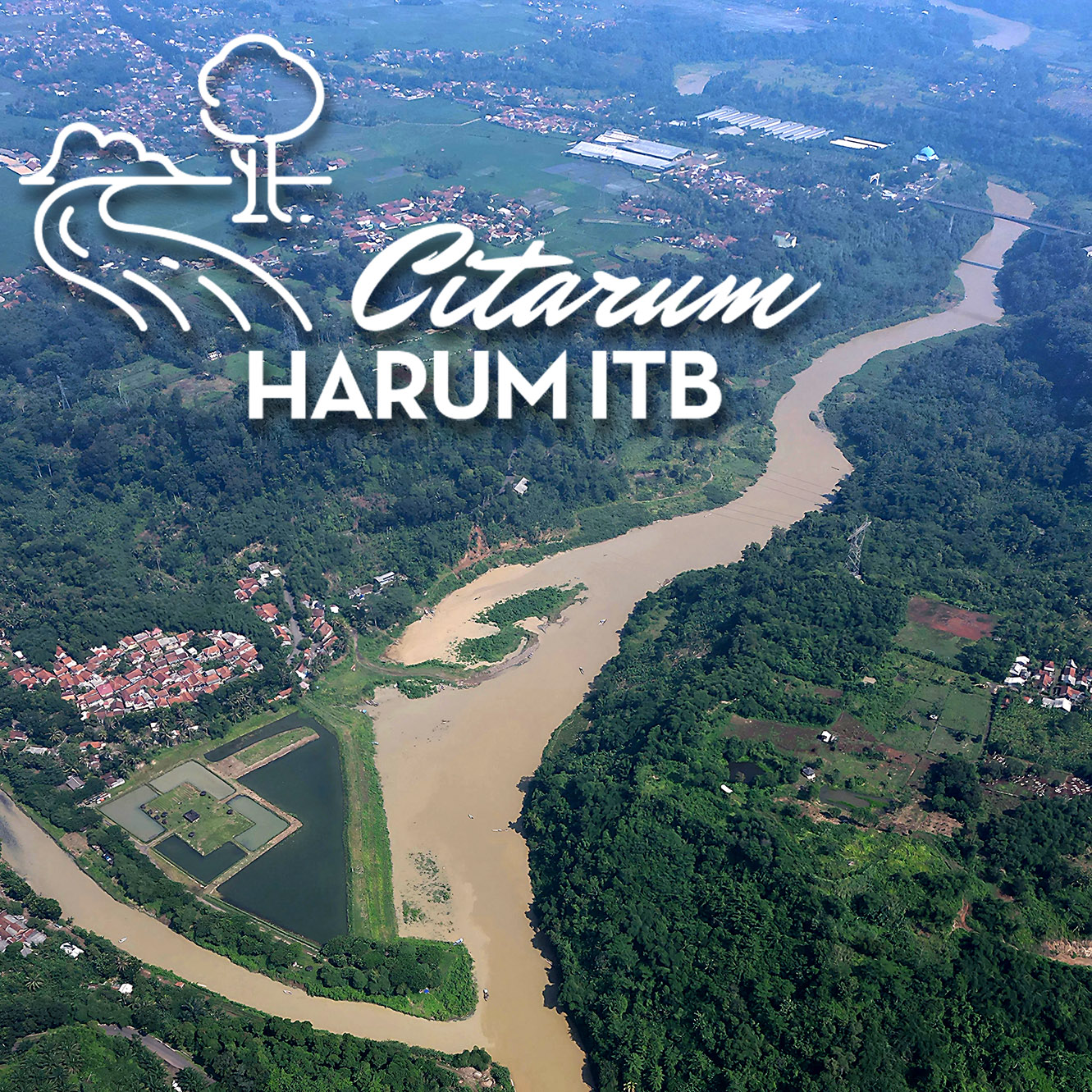

Dwina Roosmini
Pollution in the Citarum River has taken place along with population growth and the development of anthropogenic activities to support the needs of the population. To meet the needs of the population that continues to increase, changes in land use in the Citarum Sungan Flow area continue to occur and give a burden on the Citarum River. In 2018, the central government issued Presidential Regulation No. 15 Acceleration of pollution control and damage to the Citarum watershed. Ginkel, 2015 said that water management in the Citarum Hulu River is strongly influenced by decentralization policies, very high autonomy authority in district and city level governments.
Previous research shows that the community is able to identify existing problems. can determine the priority scale of activities that must be carried out and the infrastructure needed to solve the problem. Higher Education as a facilitator can act as a facilitator for stakeholders while increasing knowledge and awarenes community on environmental problems, especially sanitation. , which will cause community access to clean water to be reduced. The provision of adequate clean water and sanitation is a unit in the management of environmental health to support public health. At present environmental health monitoring has been carried out in the form of monitoring water and air quality in accordance with the regulations issued by the Ministry of Environment. Water quality data is managed and processed at the ministry level, provindi level and city/district level. On the other hand the results of the monitoring are often not well informed in the community and between agencies in the Tinkat City or Regency Government. Improvement of water quality is greatly influenced by efforts to improve environmental infrastructure in the watershed (DAS). Research shows that the sustainability of environmental instructors is closely related to public awareness in maintaining and utilizing these facilities. Communities with a high level of awareness of the benefits of the facilities built will show a high feeling of ownership shown by the ability to care for these facilities properly supported by institutions or local community organizations. The environmental health monitoring system consists of three (3) Utaman components: Bahyaa monitoing, exposure monitoring, and health monitoring (health effects).
Description of regional problems; Socialization of the monitoeing system of environmental health in the community; Development of public health monitoring strategies
So far, the environmental health monitoring system is carried out by the public health team by the Health Office through the Puskesmas. Community health workers in each puskesmas are generally very limited, so that they are carried out by nurses and become additional burdens. Activities for developing environmental health monitoring systems in the community will help the community to better understand the basic aspects and infrastructure needed to improve health independently. The system developed in the community is expected to continue to be evaluated and refined, so that it can be implemented in other regions. High public awareness of environmental health will automatically reduce wastewater that enters the river, especially the Citarum River. Integrated this activity will trigger community responsibility for river pollution.